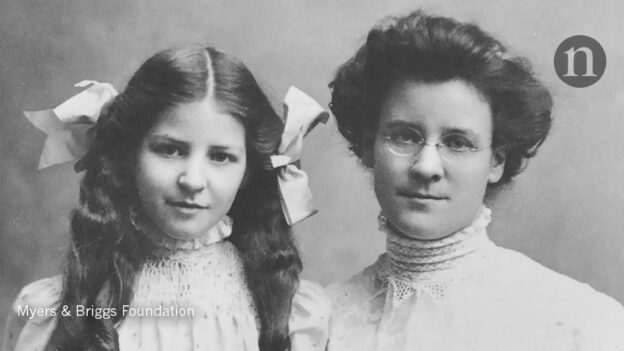The history of the Myers-Briggs Type Indicator (MBTI) is deeply rooted in the pursuit of understanding human personality. The journey of MBTI’s development stretches over several decades, involving rigorous research, personal passion, and continuous refinement.
This article was inspired by my time on the National Cyber Security Centre‘s NCSC for Startups accelerator programme on behalf of Cyber Tzar.
1. Theoretical Foundation: Carl Jung
The roots of MBTI can be traced back to the early 20th century with the work of Swiss psychiatrist Carl Jung. In his book “Psychological Types” (1921), Jung proposed the idea of psychological types, which he defined based on three dichotomies: extraversion/introversion, sensing/intuition, and thinking/feeling. These ideas provided the foundational framework upon which MBTI was later built.
2. Katharine Cook Briggs and Isabel Briggs Myers
While Jung laid the theoretical groundwork, the actual development of the MBTI tool was the endeavor of an American mother-daughter duo: Katharine Cook Briggs and her daughter, Isabel Briggs Myers.
- Katharine Cook Briggs began her quest to understand human differences in the early 1900s. She started by observing her daughter’s (Isabel’s) differences in behavior compared to her own and then expanded her studies by reading various works, including that of Jung. She developed a type theory of her own even before encountering Jung’s work.
- Isabel Briggs Myers collaborated with her mother in developing the MBTI. With the onset of World War II and the need for women to occupy jobs vacated by men, Isabel saw an opportunity for the type indicator to help women identify jobs where they might be most comfortable and effective.
3. The MBTI Tool
By the 1940s, the first pen-and-paper version of the MBTI was created. The original MBTI assessment categorized individuals based on four dichotomies: extraversion/introversion, sensing/intuition, thinking/feeling, and the newly added judging/perceiving. The combination of these dichotomies results in 16 personality types.
4. Refinement and Research
Over the next few decades, the MBTI underwent several refinements based on continued research. Isabel partnered with the Educational Testing Service to conduct validity and reliability studies, ensuring that the tool provided consistent and meaningful results.
5. Modern-Day Popularity and Criticism
By the late 20th century, the MBTI had gained immense popularity, especially in organizational settings for team building, communication training, and career development. While widely recognized and used, the MBTI has also faced its share of criticisms, particularly from psychologists who question its validity and reliability. Despite this, its influence persists in various domains, from corporate to educational sectors.
6. Legacy
Isabel Briggs Myers passed away in 1980, but her legacy continues with the Center for Applications of Psychological Type (CAPT), which she co-founded. The MBTI continues to be updated, and its application has expanded globally.
In conclusion, the history of the Myers-Briggs Type Indicator is a tapestry of intellectual pursuit, mother-daughter collaboration, and a deep desire to understand and harness the richness of human personality. While it remains a tool of both admiration and contention, its influence on the understanding of personality cannot be denied.
